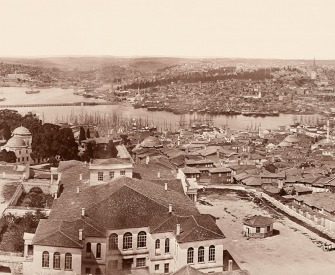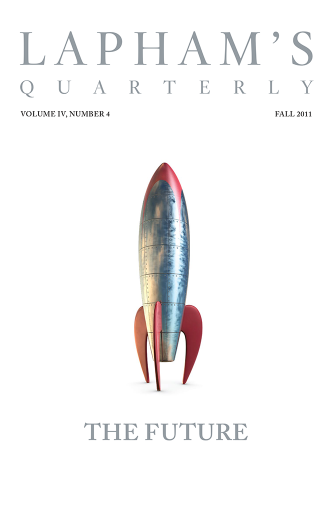Of the designated ports on the Erythraean Sea, and the market towns around it, the first is the Egyptian port of Mussel Harbor. To those sailing down from that place, on the right hand, after eighteen hundred stadia, there is Berenice. The harbors of both are at the boundary of Egypt and are bays opening from the Erythraean Sea.
Next on the right-hand coast below Berenice is the country of the Berbers. Along the shore are the Fish Eaters, living in scattered caves in the narrow valleys. Further inland are the Berbers, and beyond them the Wild-Flesh Eaters and Calf Eaters, each tribe governed by its chief; and behind them, further inland, in the country toward the west, there lies a city called Meroe.
Below the Calf Eaters, there is a little market town on the shore after sailing about four thousand stadia from Berenice called Ptolemais of the Hunts, from which the hunters started for the interior under the dynasty of the Ptolemies. This market town has the true land tortoise in small quantity; it is white and smaller in the shells. And here also is found a little ivory, like that of Adulis. But the place has no harbor and is reached only by small boats.
Below Ptolemais of the Hunts, at a distance of about three thousand stadia, there is Adulis, a port established by law, lying at the inner end of a bay that runs in toward the south. Before the harbor lies the so-called Mountain Island, about two hundred stadia seaward from the very head of the bay, with the shores of the mainland close to it on both sides. Ships bound for this port now anchor here because of attacks from the land. Formerly, they used to anchor at the very head of the bay, by an island called Diodorus, close to the shore, which could be reached on foot from the land, by which means the barbarous natives attacked the island. Opposite Mountain Island, on the mainland twenty stadia from shore, lies Adulis, a fair-sized village, from which there is a three days’ journey to Coloe, an inland town and the first market for ivory. From that place to the city of the people called Auxumites, there is a five days’ journey more; to that place all the ivory is brought from the country beyond the Nile through the district called Cyeneum, and thence to Adulis. Practically the whole number of elephants and rhinoceroses that are killed live in the places inland, although at rare intervals they are hunted on the seacoast even near Adulis. Before the harbor of that market town, out at sea on the right hand, there lie a great many little sandy islands called Alalaei, yielding tortoiseshell, which is brought to market there by the Fish Eaters.
And about eight hundred stadia beyond, there is another very deep bay, with a great mound of sand piled up at the right of the entrance, at the bottom of which the opsian stone is found, and this is the only place where it is produced. These places, from the Calf Eaters to the other Berber country, are governed by Zoscales, who is miserly in his ways and always striving for more, but otherwise upright and acquainted with Greek literature.
There are imported into these places, from the Calf Eaters to the other Berber country, undressed cloth made in Egypt for the Berbers; robes from Arsinoe; cloaks of poor quality dyed in colors; double-fringed linen mantles; many articles of flint glass, and others of murrhine, made in Diospolis; and brass, which is used for ornament and in cut pieces instead of coin; sheets of soft copper, used for cooking utensils and cut up for bracelets and anklets for the women; iron, which is made into spears used against the elephants and other wild beasts, and in their wars. Besides these, small axes are imported, and adzes and swords; copper drinking cups, round and large; a little coin for those coming to the market; wine of Laodicea and Italy, not much; olive oil, not much; for the king, gold and silver plate made after the fashion of the country, and for clothing, military cloaks and thin coats of skin, of no great value. Likewise from the district of Ariaca across this sea, there are imported Indian iron, and steel, and Indian cotton cloth; the broadcloth called monaché and that called sagimtogêné, and girdles, and coats of skin, and mallow-colored cloth, and a few muslins, and colored lac. There are exported from these places ivory, tortoiseshell, and rhinoceros horn. The most from Egypt is brought to this market from the month of January, to September, that is, from Tybi to Thoth; but seasonably they put to sea about the month of September.
From the Periplus of the Erythraean Sea. The ancient Greek word periplous—which translates to “circumnavigation” and became periplus in Latin scholarship—came to denote in antiquity a genre of seafaring handbook. While geography is the primary concern of all other surviving examples, this anonymous first-century text emphasizes each port’s commercial specialties and local political situation, suggesting that it was intended for an audience of merchants rather than navigators. The author’s vocabulary demonstrates probable Egyptian-Greek origin.
Back to Issue


